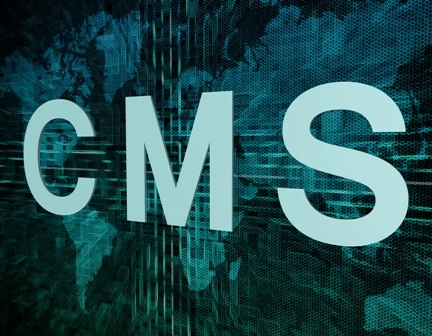Radiology Coding Alert
Reimbursement:
Understand How These AUC Program Changes Will Affect Your Practice in 2022
Published on Tue Dec 21, 2021

You’ve reached your limit of free articles. Already a subscriber? Log in.
Not a subscriber? Subscribe today to continue reading this article. Plus, you’ll get:
- Simple explanations of current healthcare regulations and payer programs
- Real-world reporting scenarios solved by our expert coders
- Industry news, such as MAC and RAC activities, the OIG Work Plan, and CERT reports
- Instant access to every article ever published in Revenue Cycle Insider
- 6 annual AAPC-approved CEUs
- The latest updates for CPT®, ICD-10-CM, HCPCS Level II, NCCI edits, modifiers, compliance, technology, practice management, and more
Related Articles
Other Articles in this issue of
Radiology Coding Alert
- Reimbursement:
Understand How These AUC Program Changes Will Affect Your Practice in 2022
Providers won’t receive penalties in 2022 due to the pandemic. Radiology practices can rest easy [...] - Coding Quiz:
Review Your Knowledge of the 2021 with Our Coding Quiz
Do you remember the big changes of the past year? The past 12 months were [...] - Modifiers 101:
Modify Your X-ray Reporting to Save the Claim from Denials
Learn how to correctly report two units of 73600. Choosing the correct CPT® code for [...] - Coding Quiz Answers:
Did You Ace Our Year-in-Review Coding Quiz?
Check your answers to see if you’re ready for 2022. Do these major coding changes [...] - You Be the Coder:
Be Familiar with Chemo Side Effects to Accurately Code Reports
Question: A patient diagnosed with stage III lung cancer had a computed tomography (CT) scan of [...] - Reader Questions:
Carve Out the Code for Snowboarder’s Ankle
Question: A 28-year-old patient visits our urgent care facility with complaints of right ankle pain after [...] - Reader Questions:
Keep Your Spinal Fusion Coding Skills Fresh
Question: I have a report that indicates the radiologist captured three X-ray views of the [...] - Reader Questions:
Know When to Ask for More Information
Question: I have an op note that states the radiologist captured “US (ultrasound) images of [...]
View All




